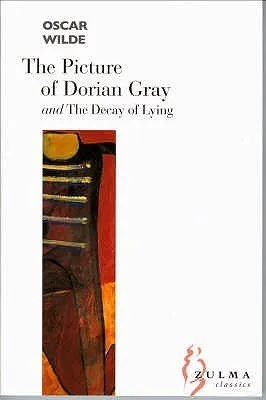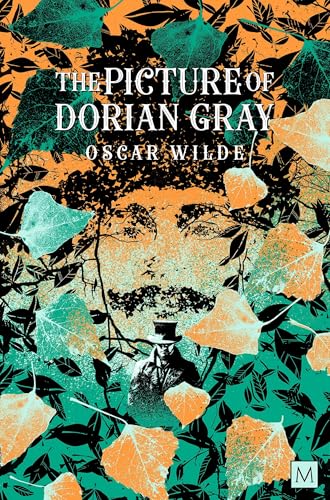The Picture of Dorian Gray
AND The Decay of Lying
(Author) Oscar Wilde" This portrait would be to him the most magical of mirrors. As it had revealed to him his own body, so it would reveal to him his own soul. And when winter came upon it, he would still be standing where spring trembles on the verge of summer. When the blond crept from its face, and left behind a pallid mask of chalk with leaden eyes, he would keep the glamour of boyhood. Not one blossom of his loveliness would ever fade. Not one pulse of his life would ever weaken. Like the gods of the Greeks, he would be strong, and fleet, and joyous. What did it matter what happened to the coloured image on the canvas? He would be safe. That was everything. " This cowardly yet magnificent and desirable social outcast brings together in a single character several major figures of 19th century fiction : as the man who doesn't age and whose double is destined to condemn and kill him, he will be equally familiar to readers of Poe, James Hogg and Stevenson. The Decay of Lying, written in 1889, is Oscar Wilde's most famous essay: "Life," he writes, "imitates art far more than art imitates life."
Oscar Wilde
Oscar Wilde was an Irish playwright, novelist, and essayist known for his wit, flamboyant style, and sharp social commentary. His most famous works include the play "The Importance of Being Earnest" and the novel "The Picture of Dorian Gray," both of which explore themes of identity, morality, and societal expectations. Wilde's writing is characterized by clever wordplay, satirical humor, and a keen observation of human nature. He was a key figure in the aesthetic and decadent movements of the late 19th century and is considered one of the most important voices in British literature. Wilde's impact on literature can be seen in his subversion of conventional Victorian norms and his pioneering use of irony and paradox.






